Whether or not to rake after mowing can be a divisive question. Many homeowners firmly believe in removing every scrap of cut grass from the lawn; others believe in a “let them lie” philosophy. Which one is correct?
There are situations where grass should be raked off and bagged. Most of the time, however, leaving clippings on the lawn can be good for the grass!
When Should I Rake The Lawn After Mowing?
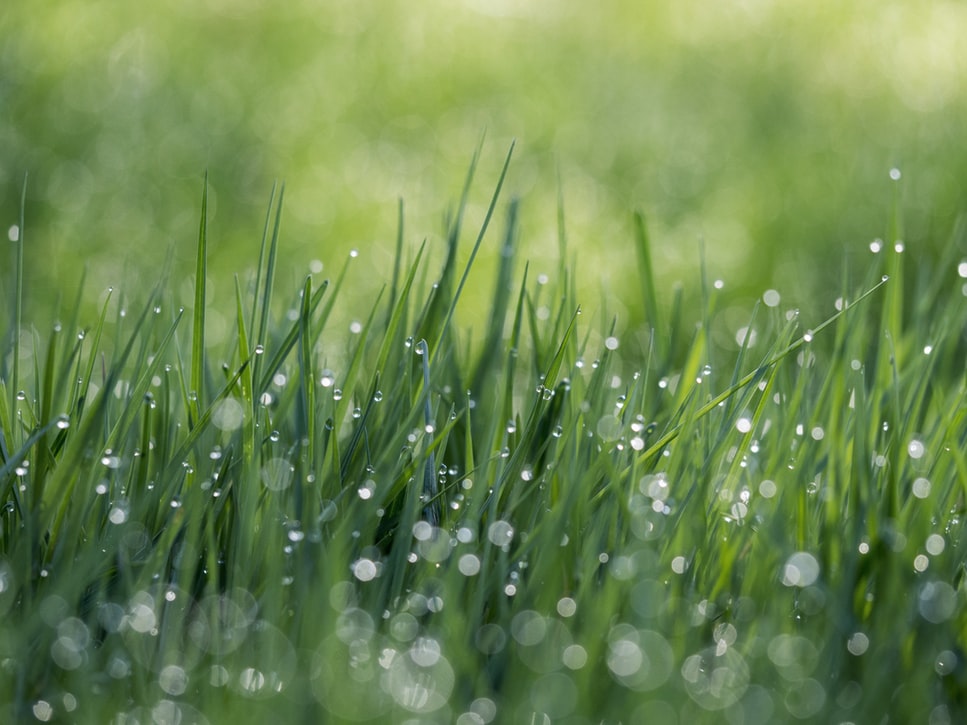
Under certain circumstances, you should rake the grass after mowing. If the clippings come out of the mower in thick batches, you should rake them up. Thick bunches will occur when the grass is too high or too wet. Stay on the safe side and rake the clippings after the first mow of the spring.
After this, it’s good to leave the clippings on the lawn after mowing. If you keep to a schedule and mow before the grass gets too tall, you can leave the clippings alone without having to worry about pests or fungus. You can save yourself a lot of time and energy by not raking the clippings, and you’ll be doing something good for the grass at the same time.
The Benefits Of Leaving Clippings
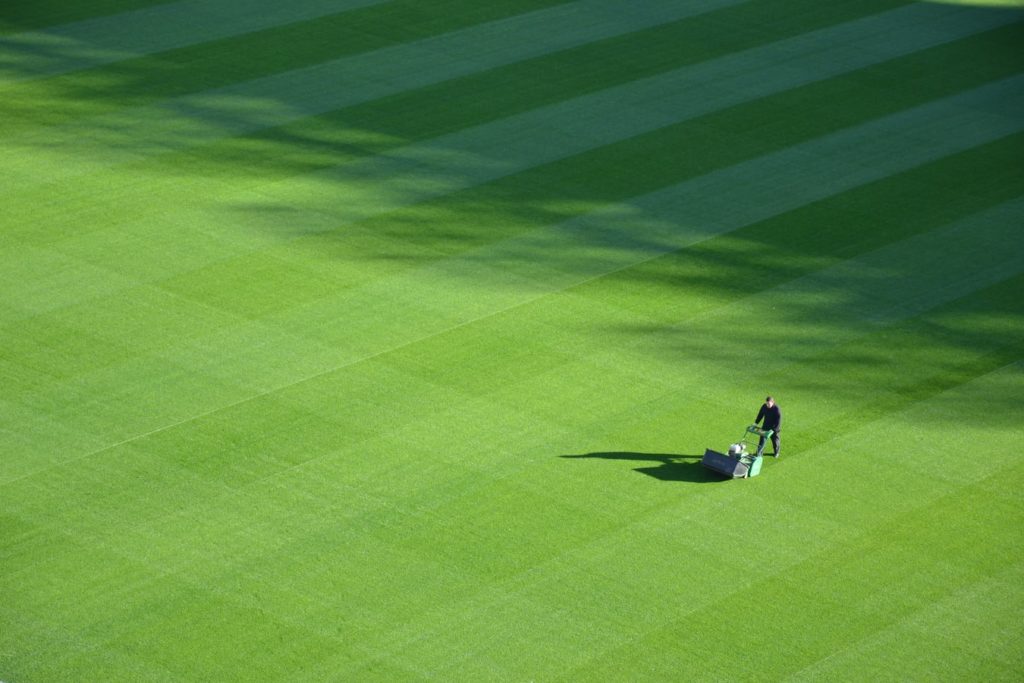 Leaving grass clippings on the lawn can return moisture and nutrients to the soil in your yard, helping the grass grow stronger. Grass clippings can reduce the amount of chemical fertilizer you need to lay down, and they are free! You can help the lawn by using a mulching mower. These can reduce the size of the clippings, breaking down the grass and making nutrients more available to the soil.
Leaving grass clippings on the lawn can return moisture and nutrients to the soil in your yard, helping the grass grow stronger. Grass clippings can reduce the amount of chemical fertilizer you need to lay down, and they are free! You can help the lawn by using a mulching mower. These can reduce the size of the clippings, breaking down the grass and making nutrients more available to the soil.
Keeping the mower blades in great shape also helps the grass. They should be sharp, dry, and free of debris build-up before every use. If you’re pulling out the mower once or twice a week, sharpening the blade once a year is enough.
Does Cut Grass Contribute To Thatch Build-Up?
One concern with leaving grass clippings on the lawn is the build-up of something known as thatch. Thatch is a layer of mostly dead grass lying on the soil 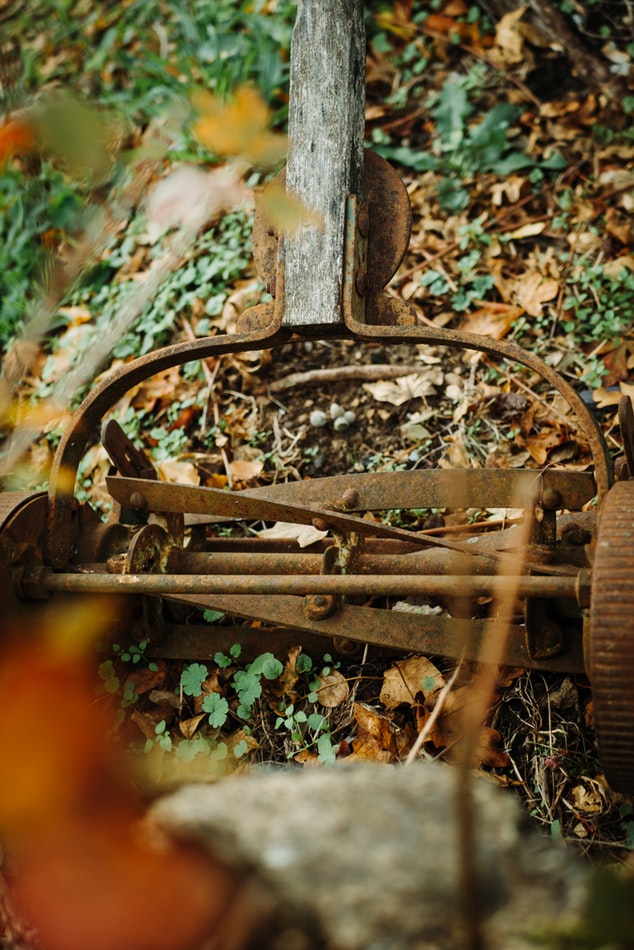 and creating a barrier between the blade above ground the root system below. If left on in a layer of half an inch or more, thatch will restrict the airflow on the lawn and suffocate the grass and its roots.
and creating a barrier between the blade above ground the root system below. If left on in a layer of half an inch or more, thatch will restrict the airflow on the lawn and suffocate the grass and its roots.
Thatch is very bad for the lawn. It creates the ideal conditions for pests and diseases while harming the ability of the roots to absorb water and nutrients. This creates conditions for fungal disease in particular, and you’ll notice mildew, brown spot, lawn rust, and other problems that are hard to eliminate.
However, it has been shown that leaving cut grass on the lawn doesn’t contribute all that much to thatch. Most thatch is caused by the inability of microorganisms in the soil to keep up with the growth of grass. This means that the main culprits of thatch build-up are using too much fertilizer and watering too often. While these are both good actions to take, you should always fertilize and water consistently, evenly, and in moderation.
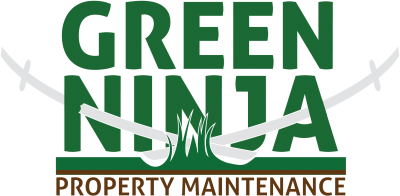
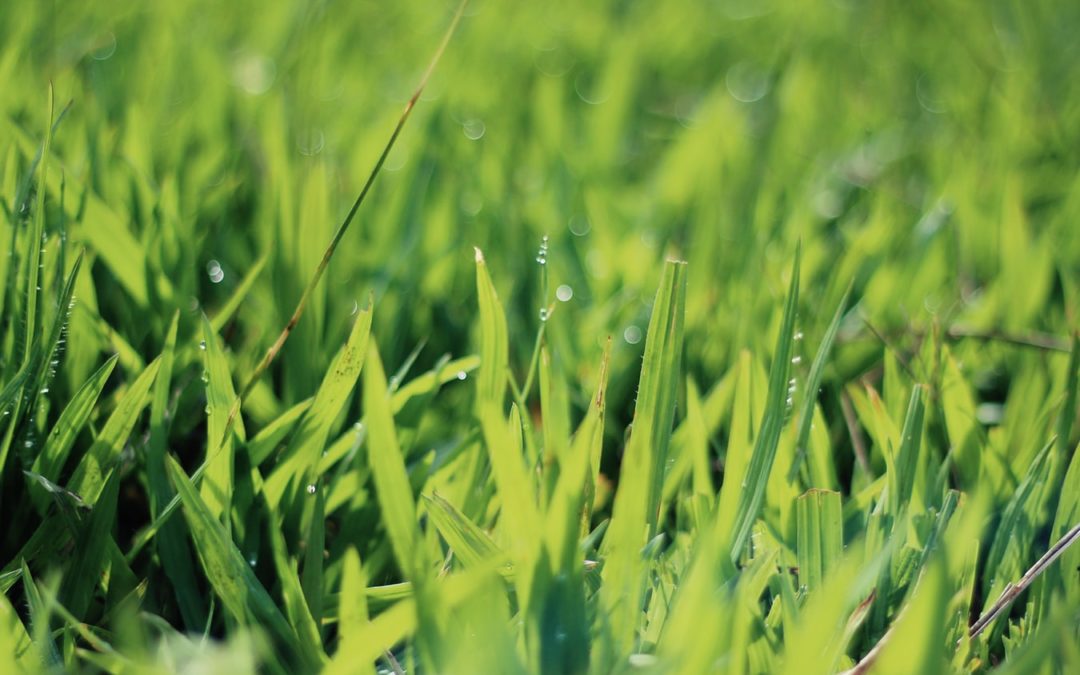
Recent Comments